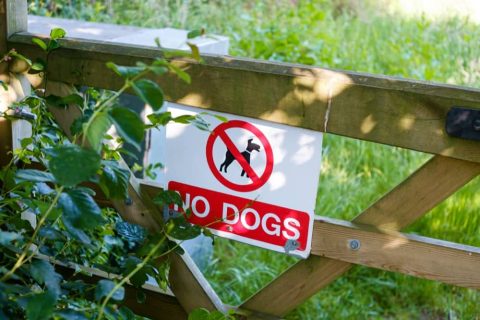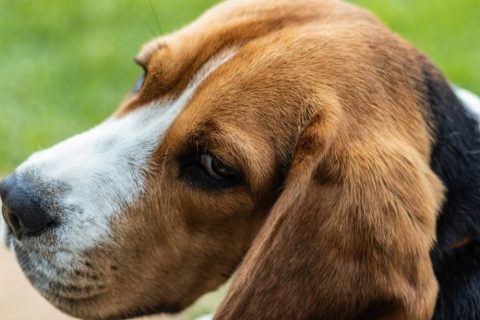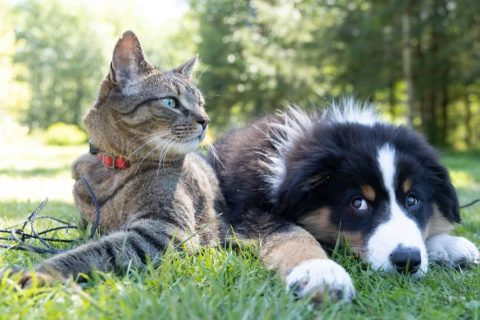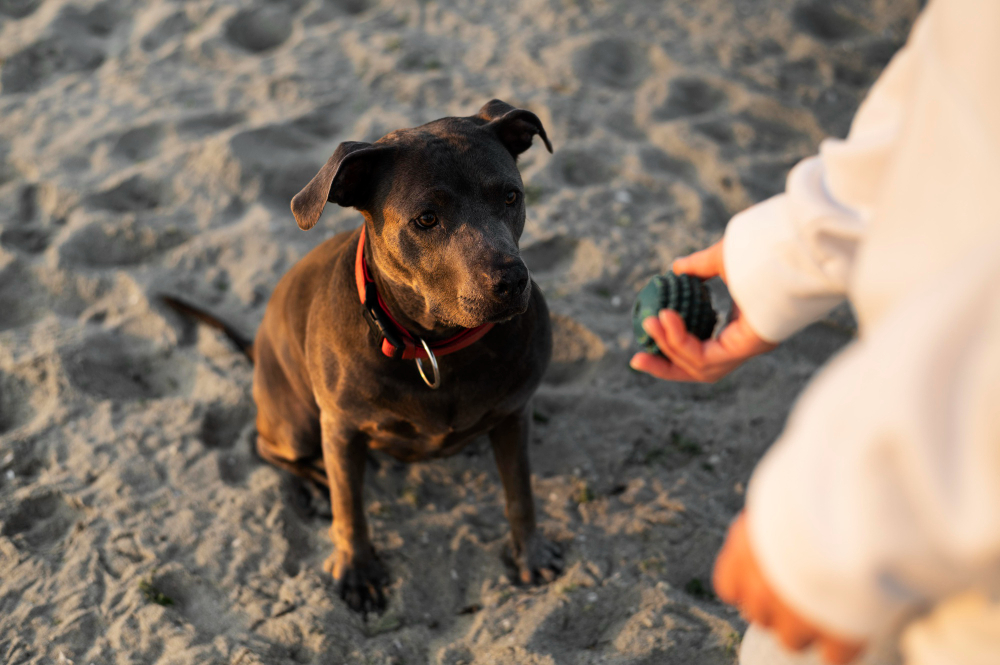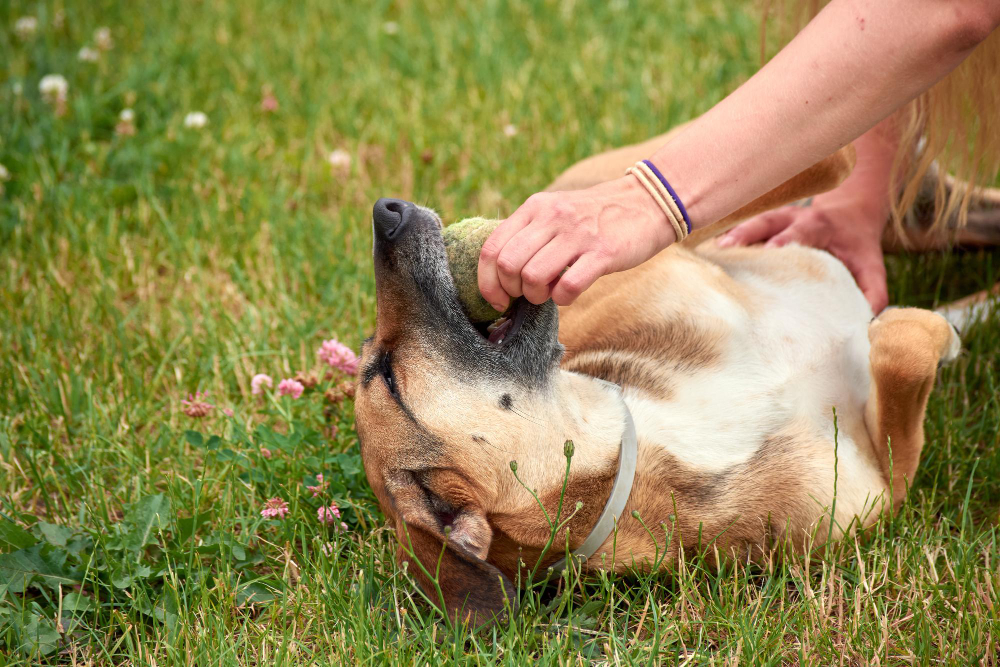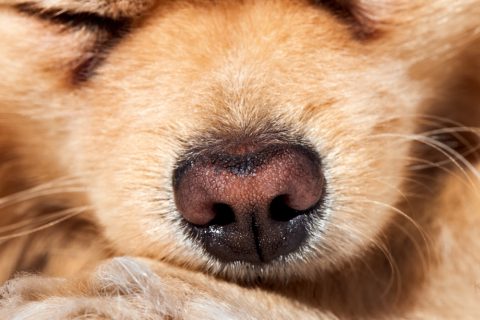Bee and wasp stings are unpleasant experiences for anyone, but for our canine companions, they can be especially scary. Whether your dog is bounding through a garden or poking her nose into a suspicious bush, an unexpected sting can cause pain, swelling, and sometimes a serious allergic reaction. If this is your first time dealing with such an incident, it’s normal to feel anxious or unsure. Thankfully, with the right steps, you can ease your dog’s discomfort and ensure she recovers safely.
Contents
- Recognizing a Sting: First Signs to Watch For
- Step 1: Remove the Stinger (If Present)
- Step 2: Apply a Soothing Paste
- Step 3: Cool the Area
- Step 4: Consider an Antihistamine (Only With Vet Approval)
- Step 5: Keep Your Dog Hydrated
- Step 6: Observe for Allergic Reactions
- Step 7: Provide a Calm Environment
- Preventing Future Stings
- When in Doubt, Call Your Vet
Recognizing a Sting: First Signs to Watch For
The first clue is usually a sudden yelp or pawing at the face or paw. Common sting areas include the muzzle, paws, and mouth. You might notice:
- Whimpering or signs of pain
- Swelling around the sting site
- Licking or chewing the area
- Redness or hives
- Sudden lethargy or restlessness
If your dog shows any of these symptoms, act promptly to assess the situation and begin first aid.
Step 1: Remove the Stinger (If Present)
Bees often leave behind a stinger, which continues to release venom for several minutes. Wasp stings, however, typically don’t leave a stinger.
To remove a stinger:
- Calm your dog and have someone gently hold her still.
- Use a flat-edged object (like a credit card) to scrape the stinger out.
- Avoid using tweezers if possible—they can squeeze more venom into the skin.
- Once removed, clean the area with mild soap and lukewarm water.
Step 2: Apply a Soothing Paste
A homemade baking soda paste can neutralize some of the venom and reduce irritation.
How to prepare the paste:
- Mix 1 tablespoon of baking soda with a few drops of water to form a thick paste.
- Apply it directly to the sting site.
- Let it sit for 5–10 minutes.
While the paste is safe to lick, try to distract your dog with a treat or cuddle to keep it on long enough to be effective.
Step 3: Cool the Area
Swelling and inflammation are common after a sting. Applying a cold compress can help ease pain and reduce puffiness.
Instructions:
- Wrap a few ice cubes in a thin towel or use a cold gel pack.
- Gently hold it against the sting for 5–10 minutes.
- Repeat every hour as needed during the first few hours.
Do not place ice directly on your dog’s skin as it can cause discomfort or even tissue damage.
Step 4: Consider an Antihistamine (Only With Vet Approval)
In some cases, a vet may approve an antihistamine like diphenhydramine (Benadryl) to ease allergic symptoms.
Important tips:
- Never give human medications to your dog without speaking to a veterinarian first.
- The proper dose depends on your dog’s weight and health conditions.
- Liquid versions may contain xylitol or alcohol, which are toxic to dogs—stick to plain tablets if approved.
Step 5: Keep Your Dog Hydrated
Even if your dog isn’t feeling great, it’s essential to keep fluids available.
Encourage hydration:
- Offer fresh, cool water in a clean bowl.
- If your dog won’t drink, try offering an ice cube to lick.
- Dehydration can make allergic symptoms worse, so monitor intake closely.
Step 6: Observe for Allergic Reactions
Most dogs recover from bee or wasp stings with minor discomfort, but allergic reactions can be life-threatening.
Watch for these signs of anaphylaxis:
- Facial or throat swelling
- Excessive drooling or vomiting
- Difficulty breathing
- Pale gums
- Weakness, collapse, or disorientation
If your dog shows any of these symptoms, seek emergency veterinary care immediately.
Step 7: Provide a Calm Environment
After treating the sting, help your dog rest in a cool, quiet space. Avoid high activity and monitor for any delayed symptoms. Some dogs may feel tired or sore for a day or two.
Preventing Future Stings
While you can’t protect your dog from every bee or wasp, you can take steps to reduce the risk:
- Keep your yard free of fallen fruit and food scraps.
- Avoid walking your dog near flowering bushes or trash bins.
- Inspect outdoor play areas for nests.
- Train your dog to avoid chasing or snapping at flying insects.
When in Doubt, Call Your Vet
If you’re unsure whether your dog’s symptoms are serious, don’t guess—call your vet and describe the situation. Even if a sting seems mild, your vet can provide peace of mind and professional guidance.
